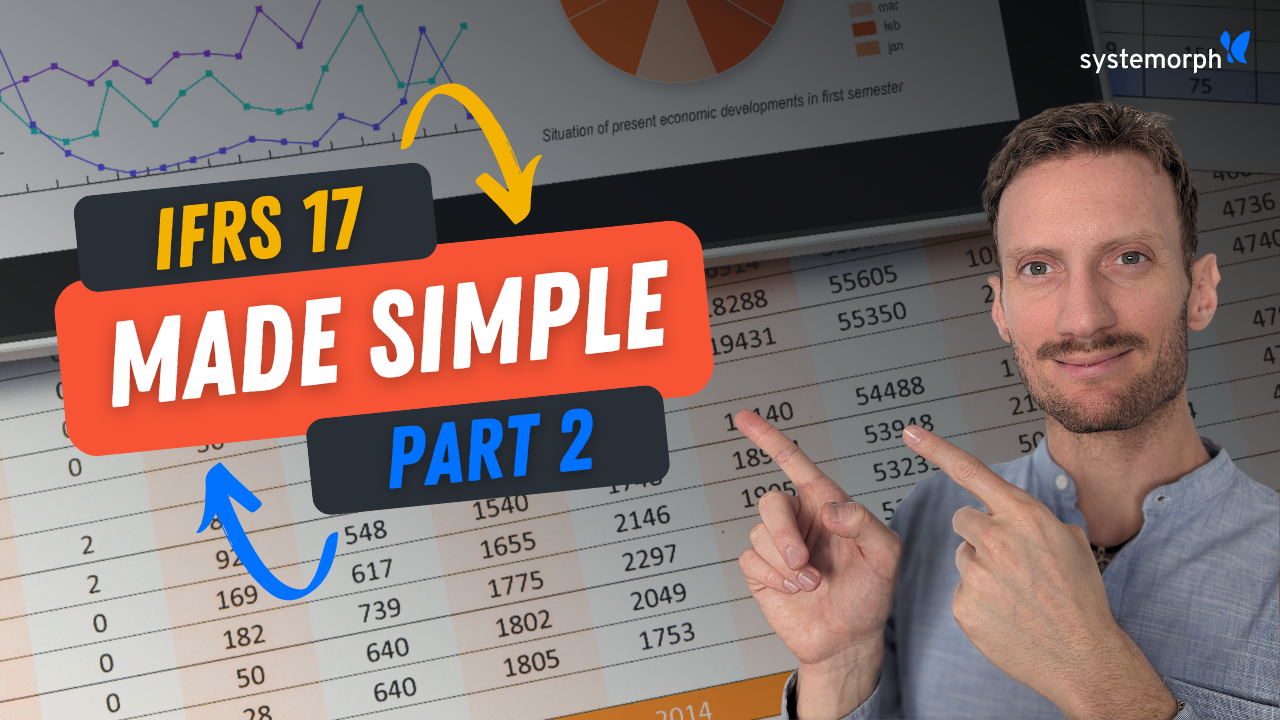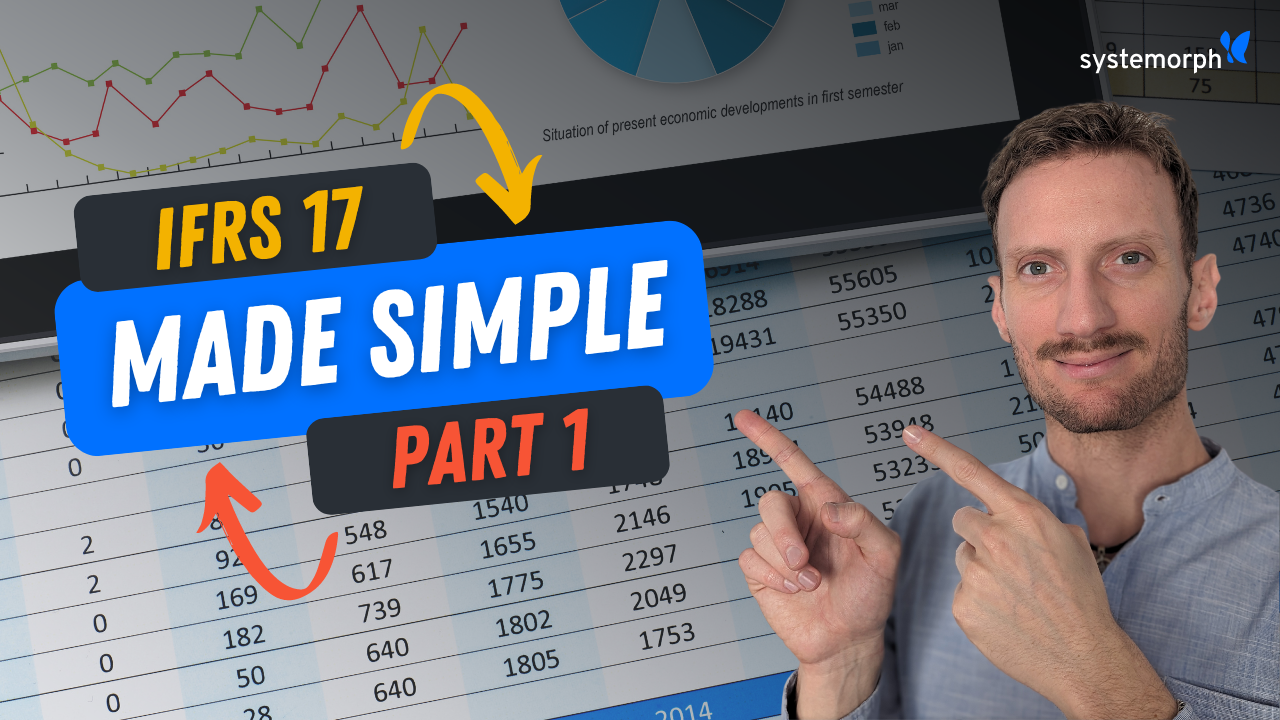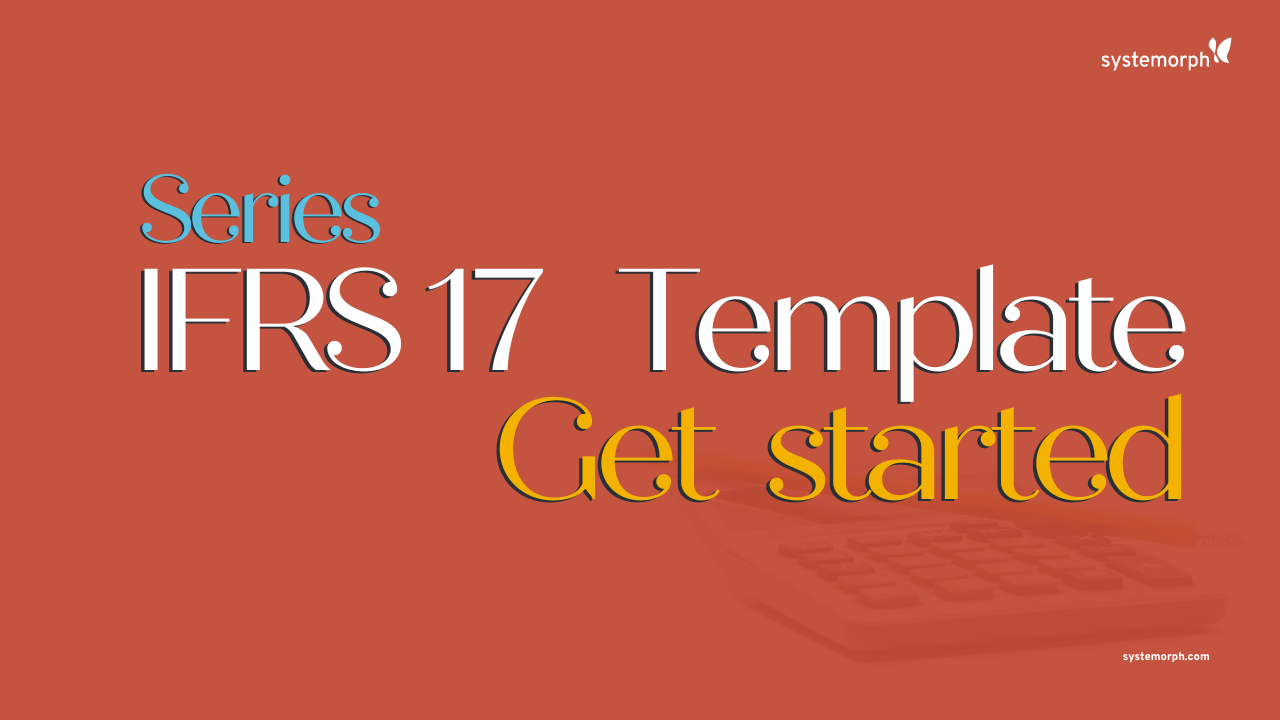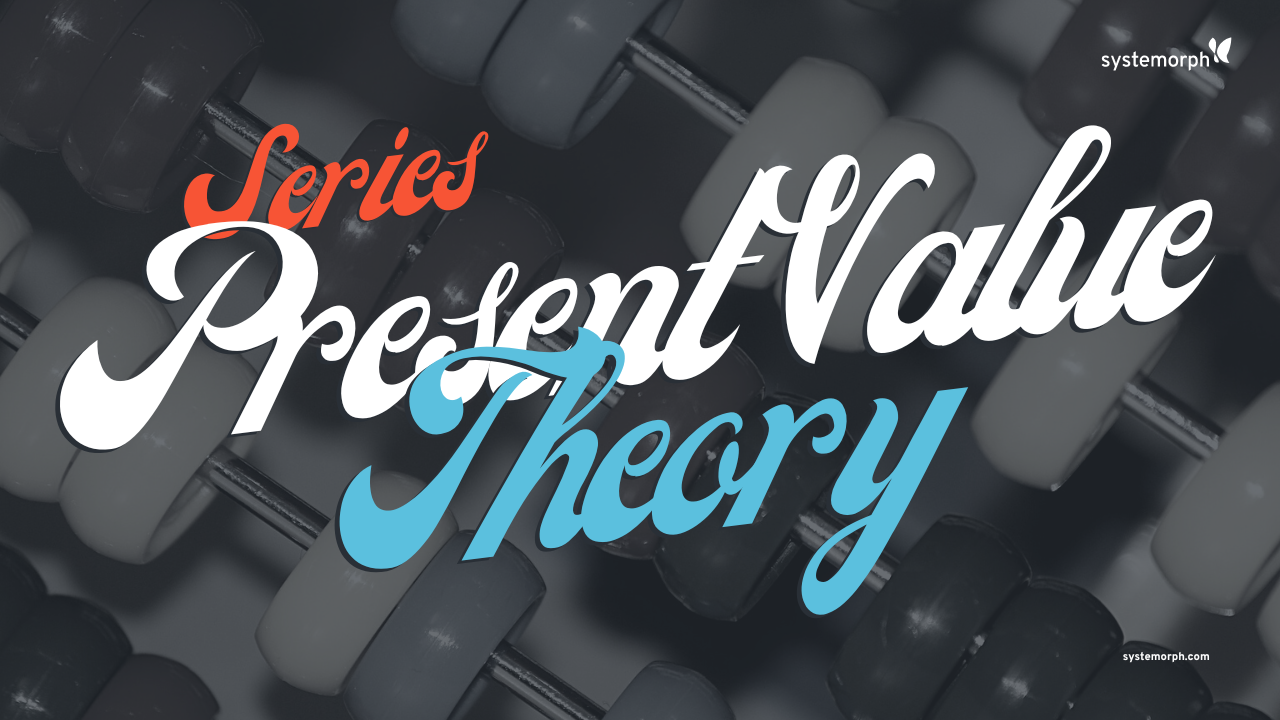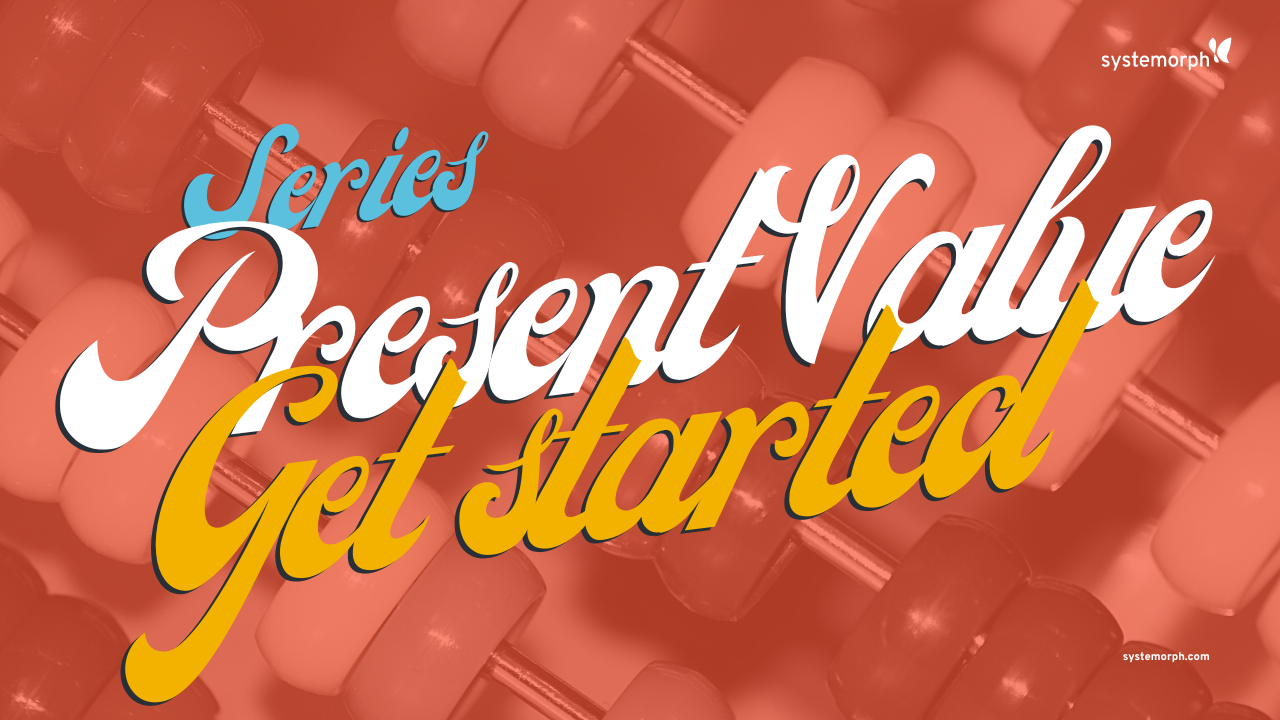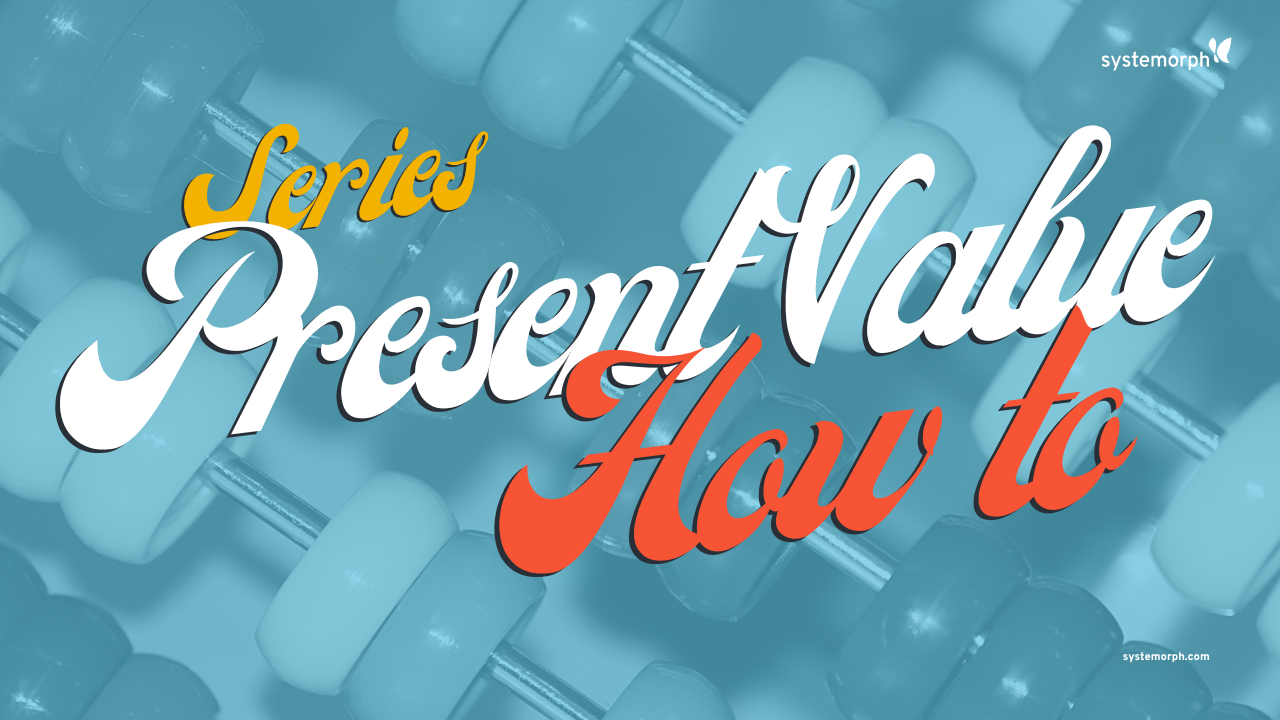Insights from the Developer’s Desk:
Ekaterina Mishina on SMAPP 2.0

Senior Software Engineer, Ekaterina Mishina, who goes by Katya, took part in a quickfire question round with us on what you can expect from SMAPP 2.0.
What does SMAPP stand for?
SMAPP stands for Systemorph Application – essentially, it’s a business application that has been designed on the Systemorph Cloud platform. And later this year, we’ll be giving users access to version 2.0 of a set of functionalities to develop these applications.
Can you explain the key functionalities and benefits of SMAPP 2.0?
It allows anyone, regardless of their coding experience, to develop a powerful business application. With SMAPP 2.0, you can create applications much faster, with greater flexibility, and at a lower cost compared to other platforms out there. It’s not just limited to the financial services sector; you can leverage it to solve complex problems across various industries, from pharmaceuticals to sciences and education. We want to empower you by providing the tools and support to tackle your company’s data challenges.
Why is SMAPP 2.0 a valuable innovation for the future of the tech industry?
SMAPP 2.0 breaks down barriers by democratizing application development and enables businesses to thrive in a data-driven future. In an era where agility and adaptability are becoming ever more important, businesses will be able to swiftly respond to changing demands, gain a competitive edge, and achieve their goals with efficiency.
As we create more data, we need to identify approaches that allow for easy extraction of meaningful insights. SMAPP 2.0 tackles this challenge by providing end users with lightweight, understandable APIs for application development. Additionally, the platform offers pluggable UI components and easily configurable layouts, enabling users to build reactive dashboards with multiple views, such as tables and charts, and much more.
With SMAPP 2.0, users enjoy the freedom to arrange components and effortlessly define behaviors and actions. The platform’s robust architecture supports seamless customization, providing a tailored experience that aligns with individual needs and preferences.
Finally, SMAPP 2.0 recognizes the importance of maintaining clear role segregation and enabling audit capabilities. Whether you’re a notebook editor or an end user of the application, the platform ensures transparent role management, providing enhanced security and accountability.
What have you been most excited about while working on the upgrade of SMAPP?
It’s fulfilling professionally to do something groundbreaking; and with Systemorph it’s playing role in a mission that revolutionizes the world of data management. I am uplifted by contributing to empowering business experts across diverse industries in solving complex problems with utmost simplicity.
Additionally, as we’ve been working on upgrading SMAPP, it has led us to build an even more modular, extensible, and lightweight Systemorph Cloud portal architecture; something developers know is an ongoing endeavor and one to celebrate. It improves maintainability and pays off in the future when we want to deliver new functionalities.
Lastly, the more people from the community that come together and explore the boundaries of their creativity in developing unique applications with Systemorph technology, the more we can inspire each other and shape the future of innovation. This is something I’m very excited about and I can’t wait until we can officially announce SMAPP 2.0.
When can people expect SMAPP 2.0 to be launched?
Check back with us at the beginning of September. And make sure you’re signed up to our newsletter and following our social channels to be in the loop as updates and announcements hit closer to the release date.
IFRS17: How to read the full set of financial reports – Part 2
In the second of this three-part episode, we present written, advance and overdue actuals and the actuarial experience adjustment – the difference between effective and expected cash flows.
IFRS17: How to read the full set of financial reports – Part 1
In the first of this three-part episode, study the Best Estimates and Risk Adjustments of Present Values displayed in the Reports notebook and calculated from the template data shipped with the IFRS17 Project available in the Systemorph Cloud Portal.
IFRS17 Template: Get started
In this episode, we walk you through the Systemorph IFRS17 Template Project which includes a complete example of input data for many annual reporting periods and uses our Calculation Engine for producing and reporting results.
Present Value: Theory
We break down the theory behind calculating the present value of insurance contracts through the Analysis of Change approach.
Present Value: Get started
We show you how the present value of a group of insurance contracts can easily be calculated using our IFRS17 Calculation Engine developed in Systemorph Cloud Notebooks.
Present Value: How to
We show you how to configure the Systemorph IFRS17 Calculation Engine to your own data set and business. From setting up your company’s many legal entities to include your favorite Analysis of Change step. This is where the magic happens.

